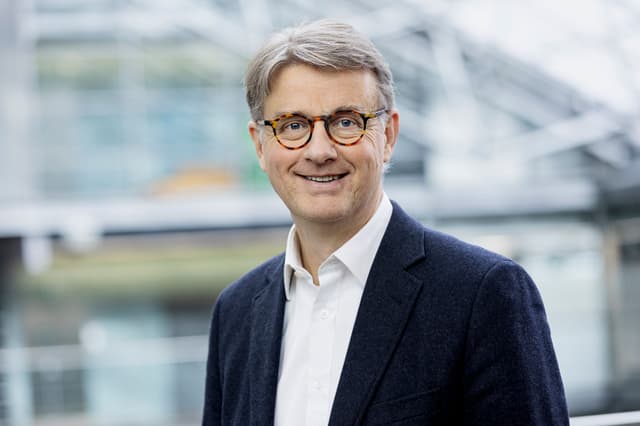The Nordic near-zero emissions steel group focuses on:
- Strengthening collaboration to identify key policy barriers and opportunities across the Nordic near-zero emissions steel value chain
- Coordinating public-private actions in the Nordics
- Aligning efforts on EU policy advocacy

Steel is foundational to economies and security worldwide, and to remain competitive and autonomous, the EU must decarbonize steel and shift towards near-zero emissions production. To achieve near-zero emissions steel, immediate collaborative action is essential, and the Nordics are leading the way.
Nordic demand drives the market
The Nordics are home to globally competitive industries that rely heavily on steel — particularly in buildings and infrastructure, transportation, mechanical equipment, and automotive manufacturing. These value chains are well-positioned to lead the shift toward near-zero emissions steel, but only if the transition is both technically and economically viable.
For this transformation to succeed, near-zero emissions steel must be more than just available — it must be the smart and competitive choice. Robust certification systems and harmonized standards are needed to ensure that users can identify and trust the right quality of steel for their products.
Leadership in near-zero emission steelmaking
Finland and Sweden combined make up 6.4% of EU steel production as of 2023, which makes the Nordic output the 5th largest in the EU. The Nordic region has already taken significant steps toward fossil-free steelmaking, with leading companies making notable investments. For example, Stegra is building the world’s first large-scale green steel plant, SSAB is replacing polluting basic oxygen furnaces with electric arc furnaces, and Outokumpu is paving the way towards zero-carbon metals. The impact of these projects proves that smaller regions can compete globally.
Overcoming barriers to scaling near-zero emission steel
Despite this progress, several critical challenges remain. These include the need for clear standards on near-zero emissions steel, better fossil-free energy supply, and faster permitting for green industrial projects. EU-level involvement is particularly vital in areas such as electricity supply and hydrogen market development, financial support mechanisms, and public procurement to mitigate risks associated with being a first mover in the sector. Sustaining a supportive policy environment is crucial now to scale the Nordic progress to a competitive European model.
The Nordic Near-Zero Emissions Steel project aims to address these challenges by uniting companies across the value chain and creating a space for collaboration with the whole ecosystem, including policymakers and financiers.The initiative seeks to identify investment bottlenecks and establish clear policy priorities. It aims to create a cooperation template that can be replicated outside the Nordics and applied to other high-carbon industries.
This project is coordinated by Climate Leadership Coalition, Demos Helsinki, and We Mean Business Coalition.














